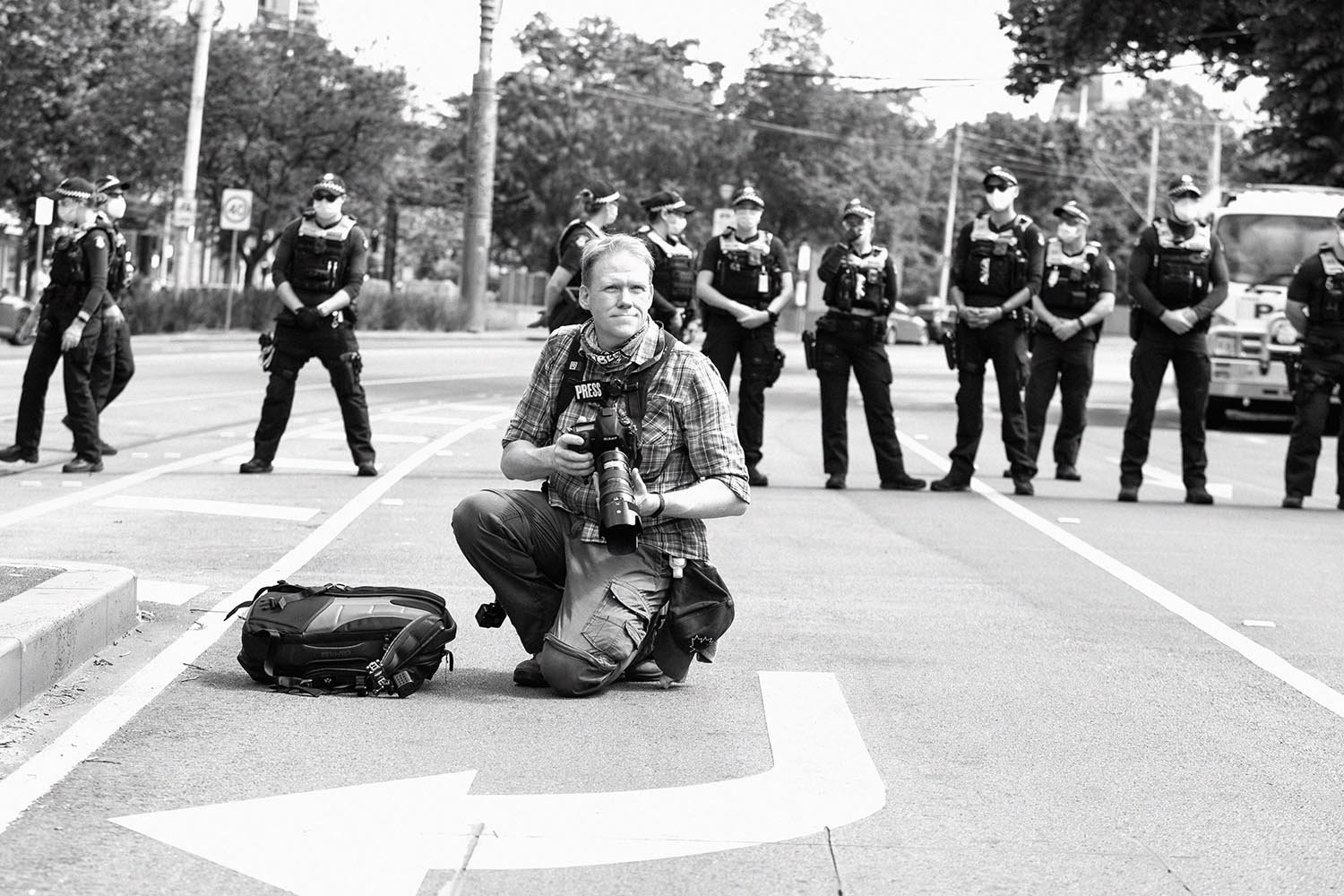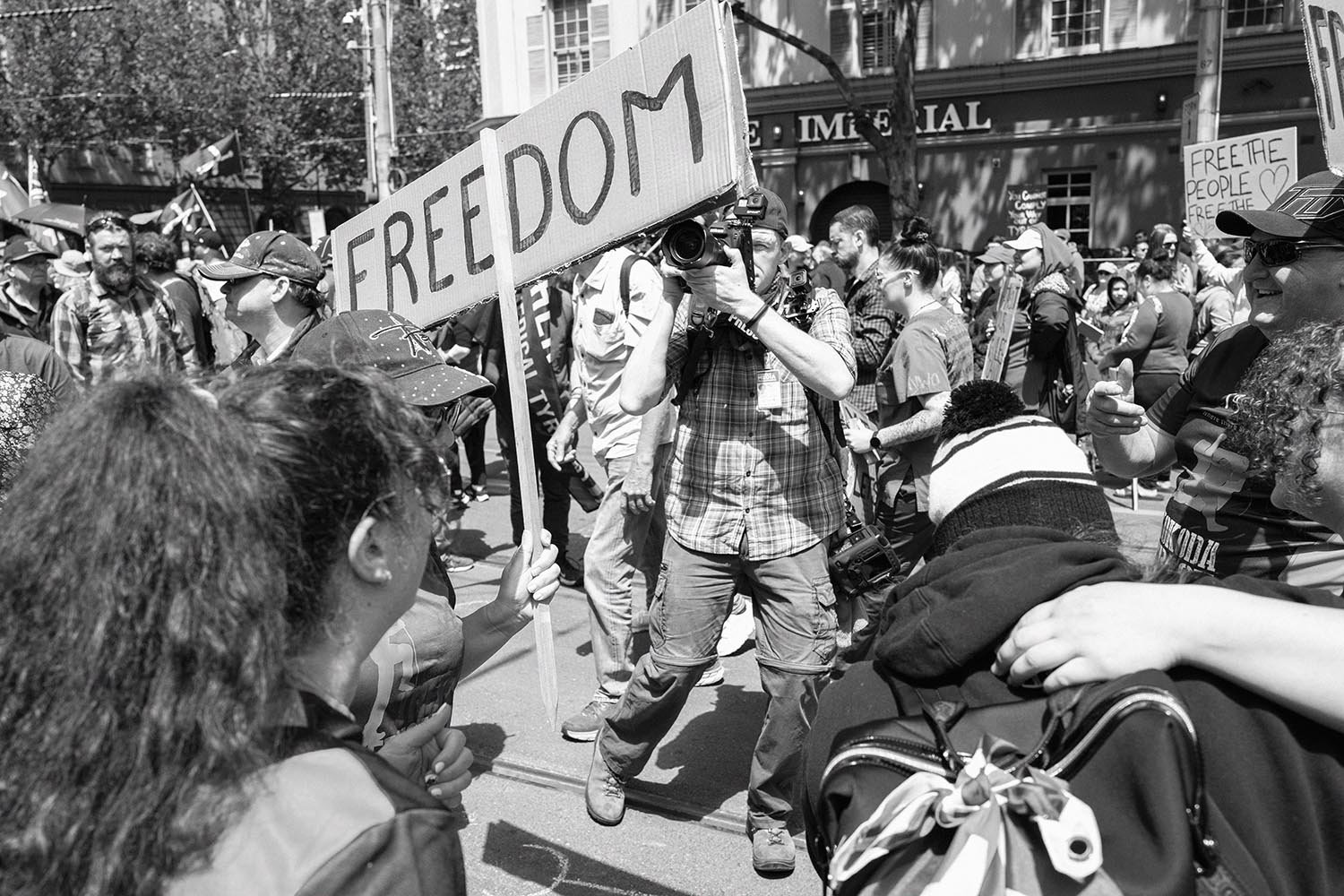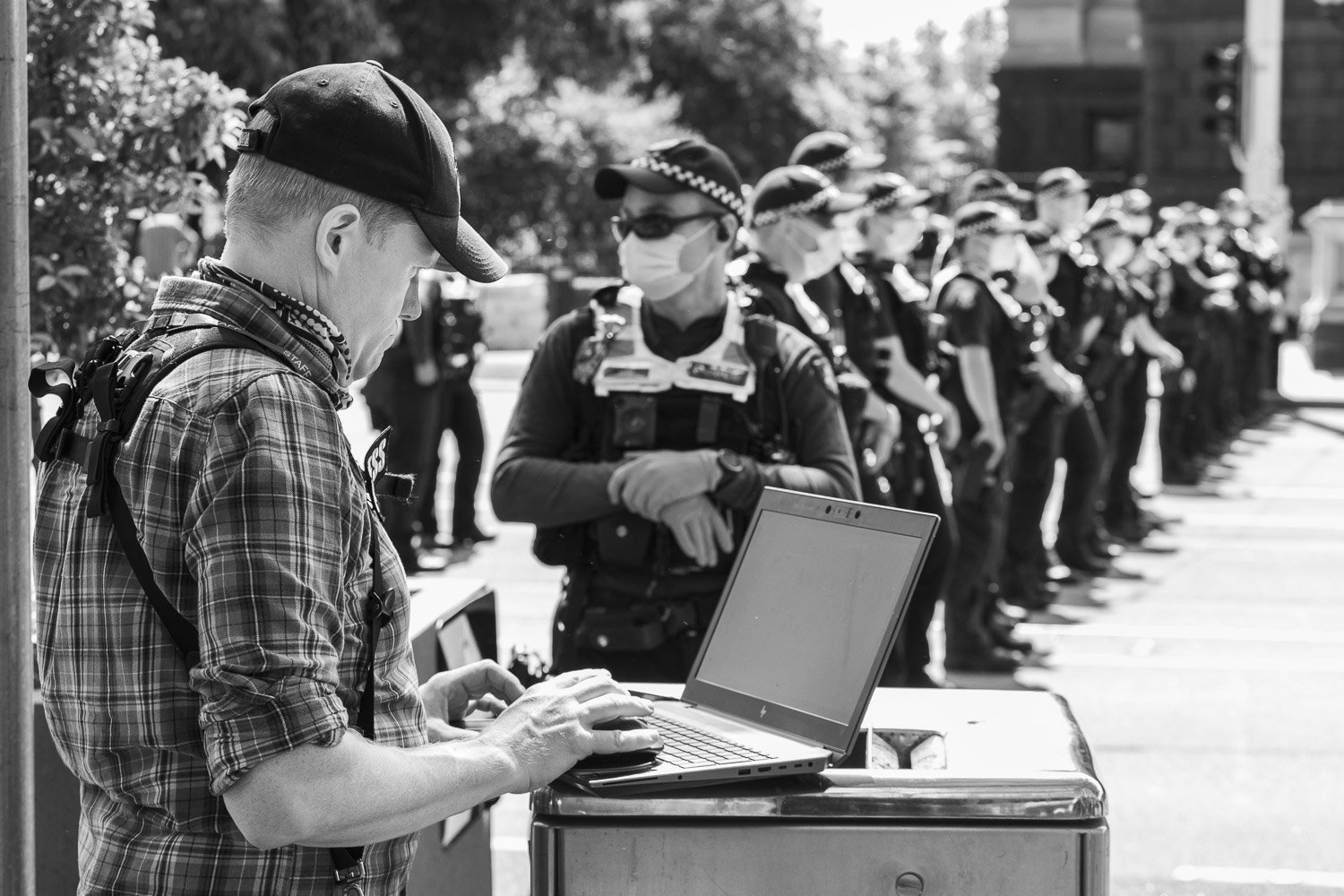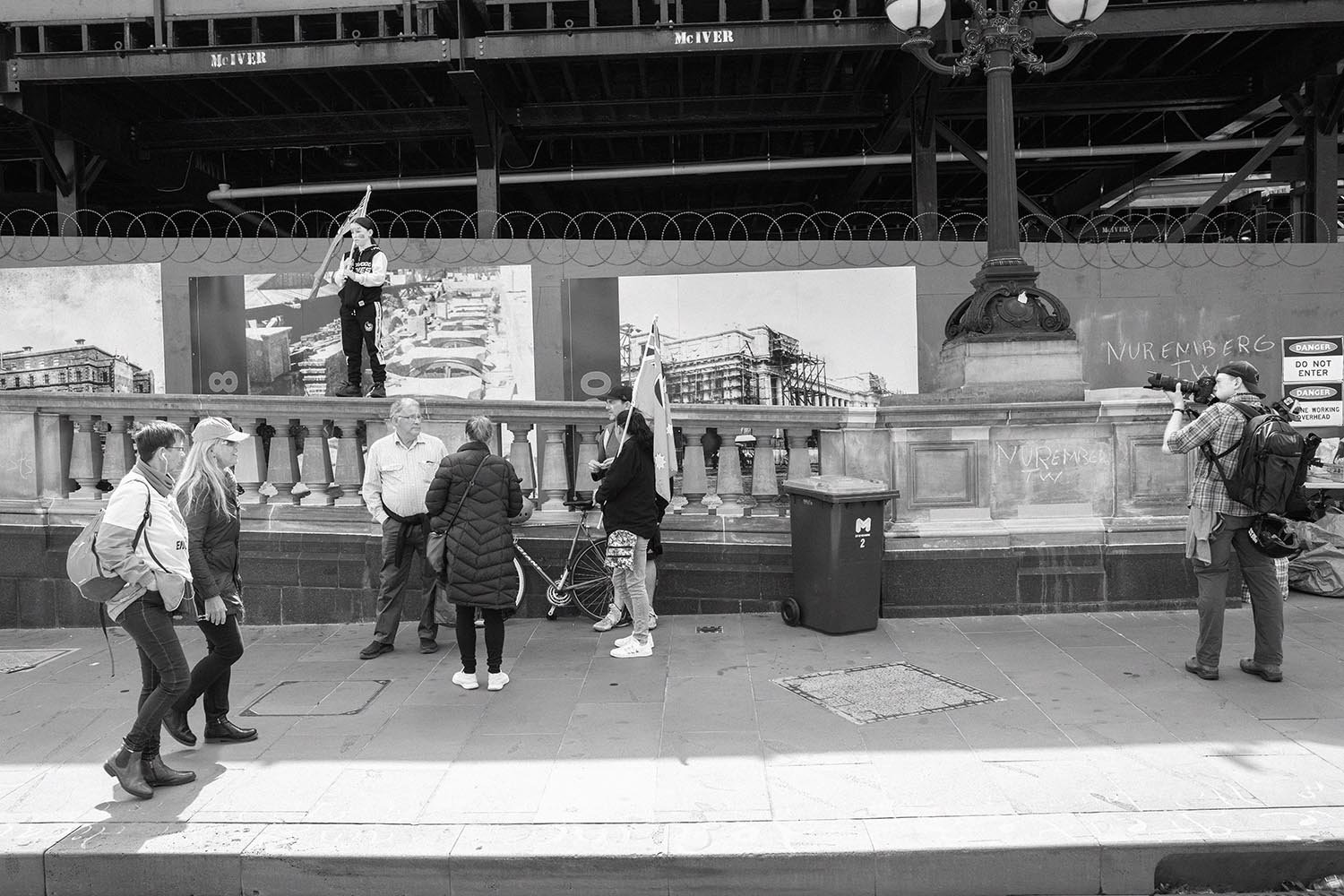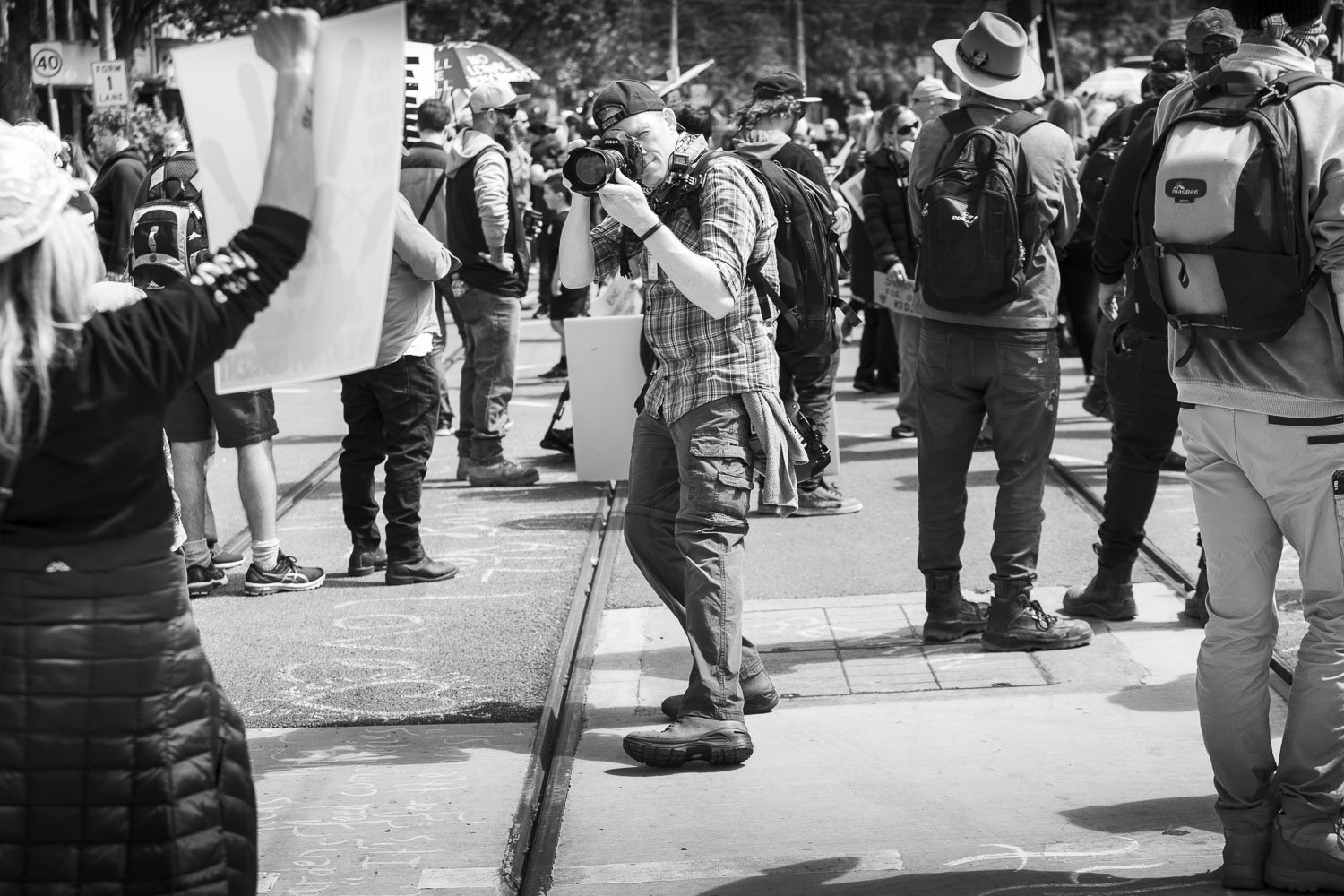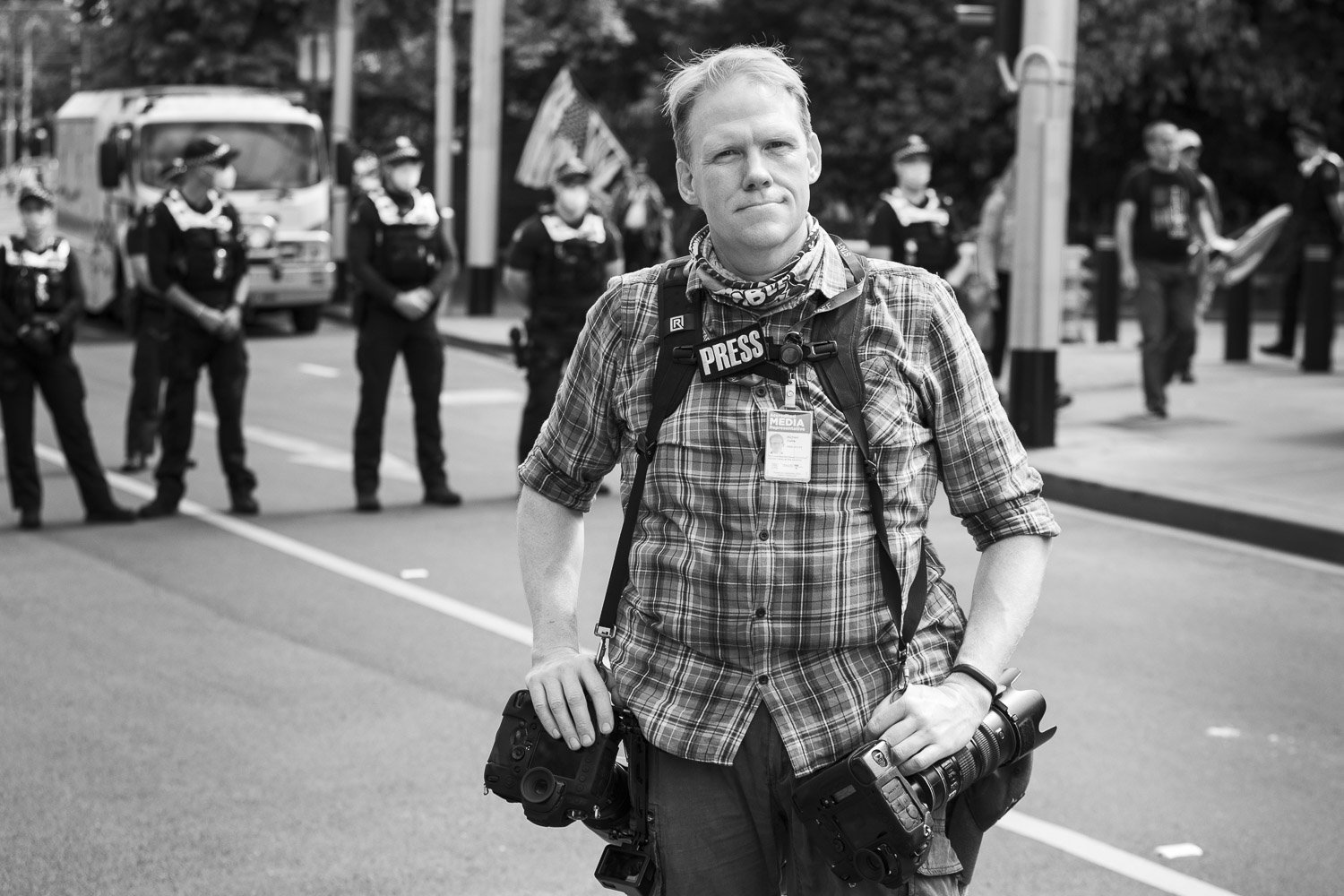Michael Currie
Army, Photographer
Michael was passionate about photography throughout high school.
“I’d chase my friends around with a camera while they rode skateboards. That was where I got into the action style of photography,” he reminisces.
At university he began to study Fine Arts, which was where Michael saw a program advertised by the army. The Ready Reserves offered to fund university study in return for a year of full-time service as a reservist. Choosing to enlist, he served the required full-time year before choosing to then continue in a part-time capacity.
Michael’s military career began in catering school at Puckapunyal - The Rock - and he had various postings throughout Victoria and Queensland as a cook. Upon promotion to Corporal, he began work as a clerk which saw his interest in photography reawakened.
In 2018 Michael was posted to 4th Brigade headquarters at Simpson Barracks in Watsonia, Victoria as an Image Specialist before being transferred to the army Public Relations service.
For fifteen years, Michael balanced his military commitment in the reserves with a full-time job and a family, while also following his passion of freelance photojournalism.
“I took a lot of annual leave from my day job as a Public Servant at half pay to manage these demands on my time,” he recalls.
Over time, these strands of Michael’s life have begun to merge. He’s one of only a handful of permanent part-time reservist photographers working for the army. Michael is also writing a course in photography for his government job, which involves training investigators in the use of a camera.
“A photo is not only able to tell a story instantly, but it also captures a lasting story. Still cameras can go to places where a video camera can’t and there’s no sound to distract from the image. I believe a still photo will last longer in the mind of a person seeing it.
“I’ve been doing photojournalism on and off with the army since the bushfires in Victoria in 2009. When the fires broke out again in 2020, I was asked to photograph some of the affected areas. I was harnessed and sitting in the open door of a helicopter taking photos on the second day of the fires. One of these photos was picked up by Reuters and shown to millions of people around the world. This told me that my creative work was having an effect on people. I would never have had this opportunity any other way and I’m grateful for that.
“The downside of being in the military is that I’ve missed out on things like birthdays and important family events. I put in about 60-70 days a year with the reserves. At times, I’ve had to make a decision in favour of my family. One such time was the graduation of my son. That day will never come again, so I chose not to miss it.”
Michael’s dedication to his craft is evident. He believes that there is no such thing as a lucky shot. Instead, he gives credit for his successes to mentors and teachers he’s had throughout his life as well as his experience in capturing images in all types of environments and conditions.
“If you’re in the right place at the right time to catch that moment, it is everything you have done and everything you know that has brought you there. You make your own luck.
“I also wouldn’t be a professional photographer without the military. The army is great for letting you have a crack at what you’re interested in.”
When Michael first attended an Australian National Veterans Art Museum (ANVAM) exhibition, he learned that the organisation was already aware of his photographic work as well as his veteran status. His surprise was genuine.
“You can tell yourself 1000 times that you’re an artist and not believe it. But when someone else affirms you, it helps you to accept it. It made me think, ‘I knew I could do this’.
“I may still stuff things up, but I’ll always try to make the next photo better than the last. Bit by bit, I’m moving in the direction of becoming a full-time photojournalist.”
@michael_currie
